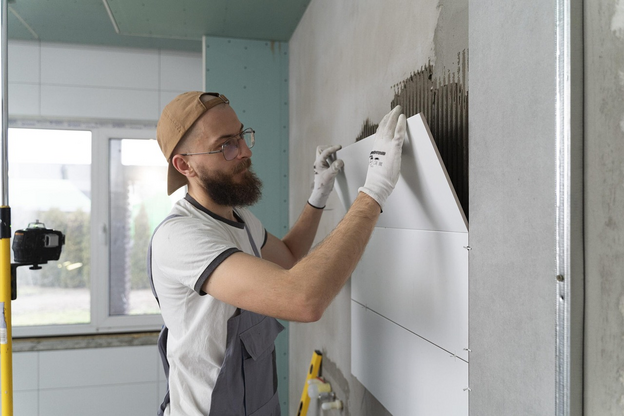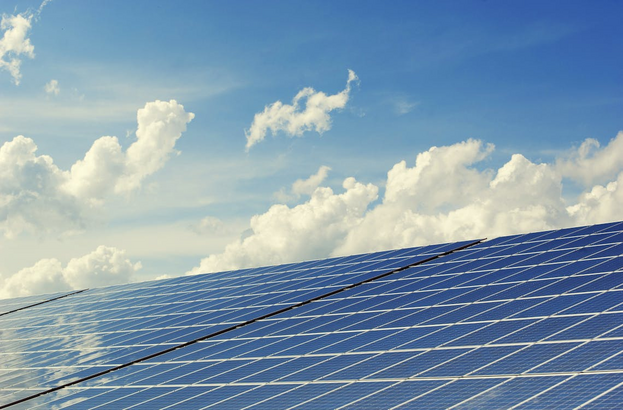
Securing Your Water Supply: The Essentials of Well Water Storage for Homeowners
Do you know that roughly 15% of the US population’s water supply comes from private wells? Well, water offers a sense of self-reliance. No wonder many Americans prefer it over water originating from municipal treatment plants.
But there’s one problem with well water. Factors outside our control can affect its availability. Variations in rainfall patterns are a common external influence. Changes in groundwater levels, too. And that’s where well water storage steps in.
Well, water storage acts as a security blanket. And guess what? It has tons of advantages. It ensures a steady flow of water even during power outages and provides peace of mind in emergencies. Does your home have a well? Are you buying a house with one? Continue reading to learn more about the essentials of well water storage.
Knowing your well and your needs
To get the most out of good storage, homeowners should take some initial steps. First, they must understand their well’s capabilities. This information will help them match storage capacity to well output. Second, they must be aware of their household’s water demands. No one wants a well that goes kaput.
The average American family uses over 300 gallons of water daily at home. How about you? This information helps you be smart about your water use and avoid any good problems later on.
Uncovering your well’s capacity
So, what’s well capacity? It’s essentially how many gallons of water your well can produce per minute. Your well log is the first place to look for this information. The well-driller who put it in might have that information, too. Still stuck? A well-pump test might be the way to go. A licensed professional will conduct the test and provide the data you need.
Understanding your well-consumption
Ever wonder how much water your house uses in a day? Online water use calculators can give you a ballpark figure. These tools take into account household size and appliance usage. You can also track your water meter readings over a few days to estimate your average daily consumption.
Ensure that you have a good understanding of both your well’s capacity and your daily water needs. That’s the only way to develop an appropriate well-storage solution for your home. Suppose you know that you have a low-producing well. Then, you can choose storage equipped with high-tech well-water solutions that maximize production.
In addition to healthy capacity and consumption, well water quality matters, too. Is yours safe to use? Schedule a water quality test if you’re unsure about it. Remember: not all healthy water is high-quality. Others may contain contaminants like bacteria. At least 1.7 billion people globally will use contaminated drinking water sources in 2022!
A look at well water storage solutions
Now you’re in the know about how much water your well can hold. You also have an idea about your household consumption. What’s next? It’s time to take a look at well water storage solutions. Some of your options are:
- Pressure tanks
Every sound system has a pressure tank. Think of it as the gatekeeper for steady water pressure. It acts like a buffer of healthy water, so your tap keeps pouring smoothly even when the pump kicks on and off.
Pressure tanks come in various capacities to suit your well’s output. Materials used in their construction typically include sturdy steel for a time-tested and durable solution or advanced composite materials that provide comparable strength while potentially reducing weight.
Keeping your pressure tank in top shape is easy! A simple pressure check and draining it now and then prevent future problems.

- Storage tanks
Next in line are storage tanks. So, when do they come into play? It’s when you need a larger buffer of well water. Storage tanks can be concrete, plastic, or steel. Your best bets include:
- Cistern: This classic underground tank provides a timeless solution for good storage. However, it requires excavation and must be adequately sealed to avoid contamination.
- Aboveground tank: You can install a storage tank above the ground. Such tanks are simpler to set up and can be made from different materials and sizes, providing more flexibility. In cold areas, these tanks might need insulation to prevent freezing.
- Bladder tank: It features a collapsible inner bladder within a sealed outer shell. And guess what? It expands and contracts, offering space-saving advantages. Bladder tanks are also less prone to waterlogging compared to traditional tanks.
The choice of storage tank depends on a range of factors. When space is a constraint, consider using a vertical aboveground tank instead. Financial concerns may lean towards a budget-friendly plastic tank. Seeking guidance from a qualified well service professional can assist you in understanding the various options available and making an informed decision about the optimal water storage tank for your specific needs.
- Alternative storage methods
Rainwater harvesting systems can’t wholly replace well water storage, but they can be a helpful addition. They collect rainwater from roofs, which can be used for activities like watering plants or washing vehicles. This reduces the need for healthy water for tasks that don’t require drinking-quality water.
With knowledge of various water storage choices for wells, you can devise a tailored water management plan that guarantees a constant water supply for your home, ensuring your water needs are met under any circumstance.
Maintaining your well water storage system
Choosing the right well storage system isn’t enough. Like any valuable asset, it also requires regular care and maintenance to keep it functioning smoothly. Here’s a guide to essential maintenance practices that will ensure your stored water remains fresh and dependable:
- Regular tank inspections: Regular inspections are essential to keeping your storage tank in good condition. For aboveground tanks, look for bulges or warping on the outside. Listen carefully for all tanks for hissing sounds that could signal leaks. It’s also wise to regularly schedule more extensive inspections with a skilled, well-service professional.
- Water treatment options (if applicable): Different wells may have varying water qualities. If your well water contains contaminants such as bacteria or iron, it’s essential to consider water treatment options. Some standard solutions include chlorination, which adds chlorine to water, killing harmful bacteria. Filtration systems are another option. It removes specific contaminants based on filter types, such as sediment, iron, or manganese.
- Winterisation (for applicable regions): In areas where temperatures drop below freezing, it’s essential to winterise your healthy water system to prevent frozen pipes and valves from breaking. Drain all exposed pipes and valves to remove water and add antifreeze solutions or insulation as needed, depending on your system setup. For optimal results and to guarantee your system’s longevity, seek guidance from a qualified, well-service technician.
These maintenance tasks ensure that your healthy storage system remains a dependable source for your home’s water needs.
Conclusion
Knowing your well’s capacity, how much water your home uses and available storage options will help you create a plan to store well water effectively, giving you control over your home’s most important resource.
Remember, though, that this process requires further research specific to your well and location. Also, seek advice from experienced, well-service providers who can guide you through the complexities of good maintenance and offer practical storage solutions for your healthy water.




 POSTED BY
POSTED BY 

